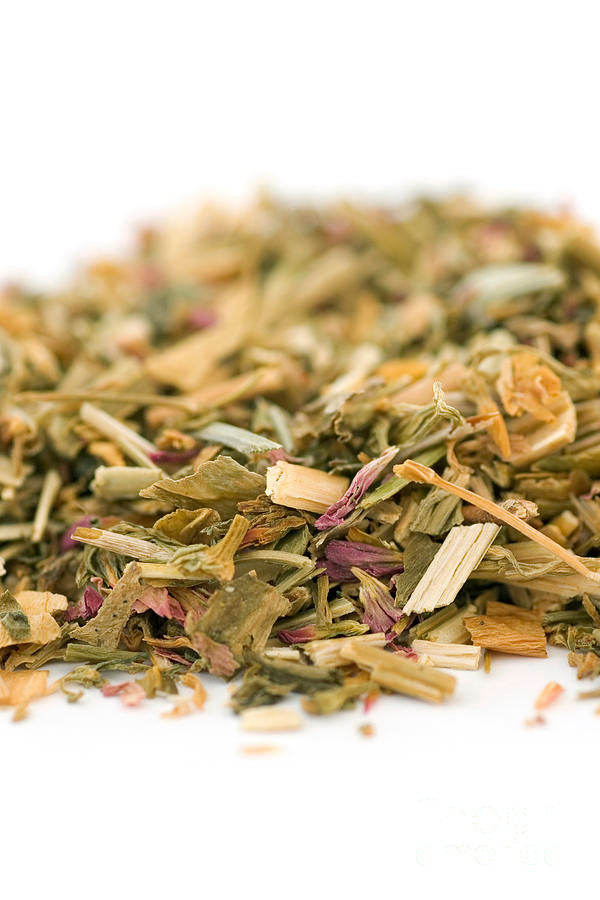-
🌿 Centaury Herb Cut & Sifted (Centaurium erythraea)
Organic Bitter Tonic — Liver Support & Digestive Wellness from Croatia
Sourced from the pristine landscapes of Croatia, our Organic Centaury Herb (Centaurium erythraea) is a time-honored bitter botanical celebrated for its ability to support liver health, balance digestion, and promote overall vitality. Known since the days of Hippocrates and Chiron, this vibrant green herb embodies the essence of traditional European herbalism — a symbol of healing, renewal, and balance.
With its mild bitterness and subtle sweetness, Centaury adds complexity and character to both culinary creations and wellness teas. Its distinctive aroma and flavor awaken the senses, making it a favorite among herbal enthusiasts seeking to restore the body’s natural rhythm through plant-based support.
✨ Centaury Herb Benefits
-
Supports healthy liver and kidney function
-
Promotes digestive balance and stimulates appetite
-
Encourages detoxification and natural cleansing
-
Helps maintain normal blood glucose and lipid levels
-
Provides anti-inflammatory and antioxidant support
-
Traditionally used to purify the blood and promote vitality
🍵 How to Use
-
Tea or Infusion: Steep 1 teaspoon of cut and sifted Centaury in 8 oz of hot water for 10–15 minutes.
-
Culinary Use: Add to soups, stews, or sauces for an earthy, aromatic touch.
-
Wellness Blends: Combine with herbs like Dandelion Root and Chamomile for a gentle detox and digestive tonic.
⚠️ Safety & Considerations
-
Pregnancy & Breastfeeding: Avoid during pregnancy or lactation unless advised by a healthcare provider.
-
Bitter Sensitivity: Centaury’s natural bitterness stimulates gastric secretions — best used in small amounts if you have a sensitive stomach.
-
Medication Interactions: Consult a healthcare provider if you are on antidiabetic, blood pressure, or liver medications.
-
Long-Term Use: Safe for extended use when taken in moderation for its tonic effects.
💡 Toxic Freedom Tip
Blend Centaury Herb with Yellow Dock and Milk Thistle for a powerful liver and digestive detox tea — a rejuvenating ritual for modern wellness rooted in ancient herbal wisdom. 🌿
-
Trending Now
Fresh Arrivals
Stay Connected
Subscribe to receive updates on new products, wellness tips, and exclusive offers. Be the first to know about limited releases and special events.
We respect your privacy and will never share your information.
Follow us for daily wellness inspiration and community stories.


















